

Italy, a European country with a long Mediterranean coastline, has left a powerful mark on Western culture and cuisine. Its capital, Rome, is home to the Vatican as well as landmark art and ancient ruins. Other major cities include Florence, with Renaissance masterpieces such as Michelangelo’s "David" and Brunelleschi's Duomo; Venice, the city of canals; and Milan, Italy’s fashion capital.

Venice
Venice, the capital of northern Italy’s Veneto region, is built on more than 100 small islands in a lagoon in the Adriatic Sea. It has no roads, just canals – including the Grand Canal thoroughfare – lined with Renaissance and Gothic palaces. The central square, Piazza San Marco, contains St. Mark’s Basilica, which is tiled with Byzantine mosaics, and the Campanile bell tower offering views of the city’s red roofs.
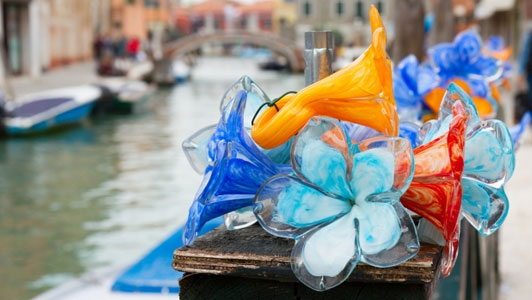
Murano
The island of Murano is renowned for its long tradition of glass-making. Ferry-loads of visitors come to explore the Museo del Vetro, which tells the story of glass through the centuries, and to shop for locally crafted souvenirs. Built in the Romanesque style, the Church of Santa Maria and San Donato has a colorful mosaic floor and supposedly houses the bones of a slain dragon.
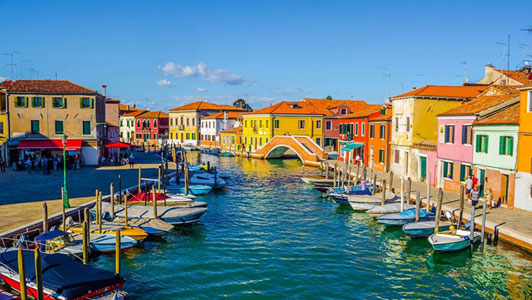
Burano
Picturesque Burano is known for its brightly colored fishermen's houses and its casual eateries serving seafood from the lagoon. The Museo del Merletto has exhibits on the development of lace-making in the area, and shops sell lace products like linens and clothes, as well as the local butter cookies called "bussolai buranei." The ancient Chiesa di San Martino has a leaning 17th-century bell tower.
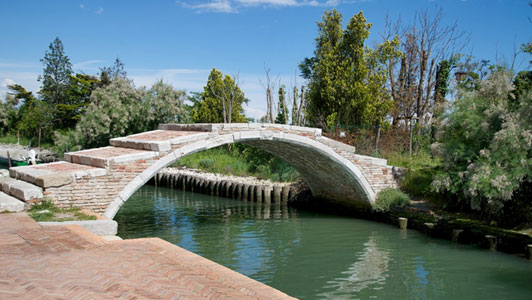
Torcello
Tiny Torcello island has few residents but it's often busy with sightseers in summer. They come to visit the Basilica di Santa Maria Assunta, with its Venetian-Byzantine mosaics and views of nearby Burano from the bell tower, or to check out the Ponte del Diavolo, a bridge with no parapets, and the stone seat known as Trono di Attila. A handful of eateries along the main canal serve lunch.

Leaning Tower of Pisa
Pisa is a city in Italy's Tuscany region best known for its iconic Leaning Tower. Already tilting when it was completed in 1372, the 56m white-marble cylinder is the bell tower of the Romanesque, striped-marble cathedral that rises next to it in the Piazza dei Miracoli. Also in the piazza is the Baptistry, whose renowned acoustics are demonstrated by amateur singers daily, and the Caposanto Monumentale cemetery.

Burano
Picturesque Burano is known for its brightly colored fishermen's houses and its casual eateries serving seafood from the lagoon. The Museo del Merletto has exhibits on the development of lace-making in the area, and shops sell lace products like linens and clothes, as well as the local butter cookies called "bussolai buranei." The ancient Chiesa di San Martino has a leaning 17th-century bell tower.
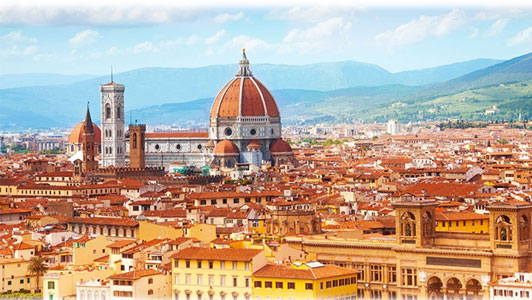
Florence
Florence, capital of Italy’s Tuscany region, is home to many masterpieces of Renaissance art and architecture. One of its most iconic sights is the Duomo, a cathedral with a terracotta-tiled dome engineered by Brunelleschi and a bell tower by Giotto. The Galleria dell'Accademia displays Michelangelo’s “David” sculpture. The Uffizi Gallery exhibits Botticelli’s “The Birth of Venus” and da Vinci’s “Annunciation.”
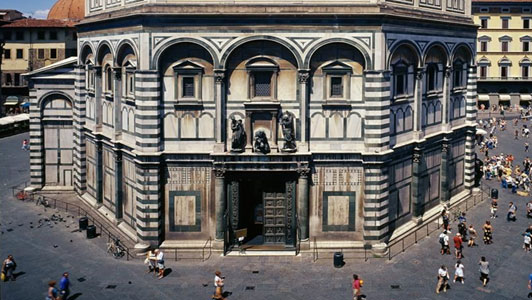
Duomo the Baptistery
The Florence Baptistry, also known as the Baptistry of Saint John, is a religious building in Florence, Italy, and has the status of a minor basilica.
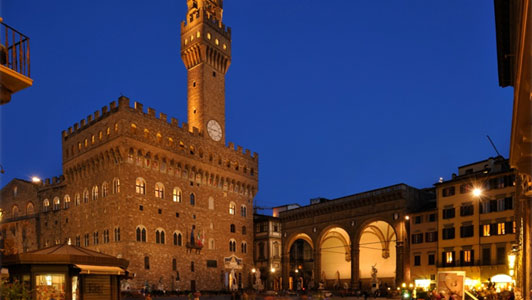
Palazzo Vecchio at Piazza Signoria
The Palazzo Vecchio is the town hall of Florence, Italy. It overlooks the Piazza della Signoria with its copy of Michelangelo's David statue as well as the gallery of statues in the adjacent Loggia dei Lanzi.

Rome
Rome, Italy’s capital, is a sprawling, cosmopolitan city with nearly 3,000 years of globally influential art, architecture and culture on display. Ancient ruins such as the Forum and the Colosseum evoke the power of the former Roman Empire. Vatican City, headquarters of the Roman Catholic Church, has St. Peter’s Basilica and the Vatican Museums, which house masterpieces such as Michelangelo’s Sistine Chapel frescoes.
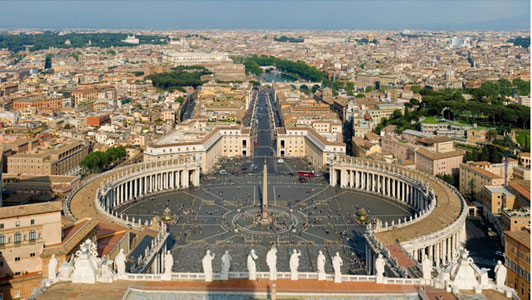
Vatican
Vatican City, a city-state surrounded by Rome, Italy, is the headquarters of the Roman Catholic Church. It's home to the Pope and a trove of iconic art and architecture. Its Vatican Museums house ancient Roman sculptures such as the famed “Laocoön and His Sons” as well as Renaissance frescoes in the Raphael Rooms and the Sistine Chapel, famous for Michelangelo’s ceiling.

Milan
Milan, a metropolis in Italy's northern Lombardy region, is a global capital of fashion and design. Home to the national stock exchange, it’s a financial hub also known for its high-end restaurants and shops. The Gothic Duomo di Milano cathedral and the Santa Maria delle Grazie convent, housing Leonardo da Vinci’s mural “The Last Supper,” testify to centuries of art and culture.
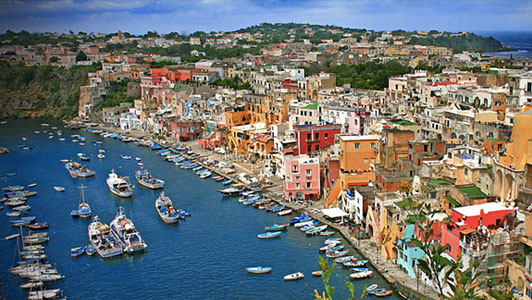
Naples
Naples, a city in southern Italy, sits on the Bay of Naples. Nearby is Mount Vesuvius, the still-active volcano that destroyed nearby Roman town Pompeii. Dating to the 2nd millennium B.C., Naples has centuries of important art and architecture. The city's cathedral, the Duomo di San Gennaro, is filled with frescoes. Other major landmarks include the lavish Royal Palace and Castel Nuovo, a 13th-century castle.
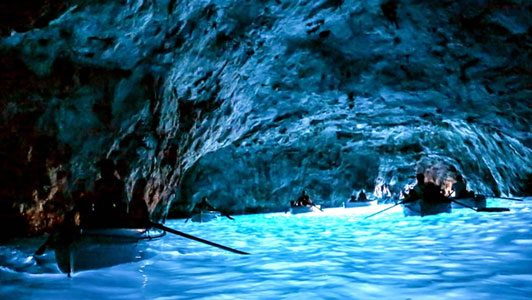
Capri - Blue Grotto
Capri, an island in Italy’s Bay of Naples, is famed for its rugged landscape, upscale hotels and shopping, from designer fashions to limoncello and handmade leather sandals. One of its best-known natural sites is the Blue Grotto, a dark cavern where the sea glows electric blue, the result of sunlight passing through an underwater cave. In summer, Capri's dramatic, cove-studded coastline draws many yachts.
